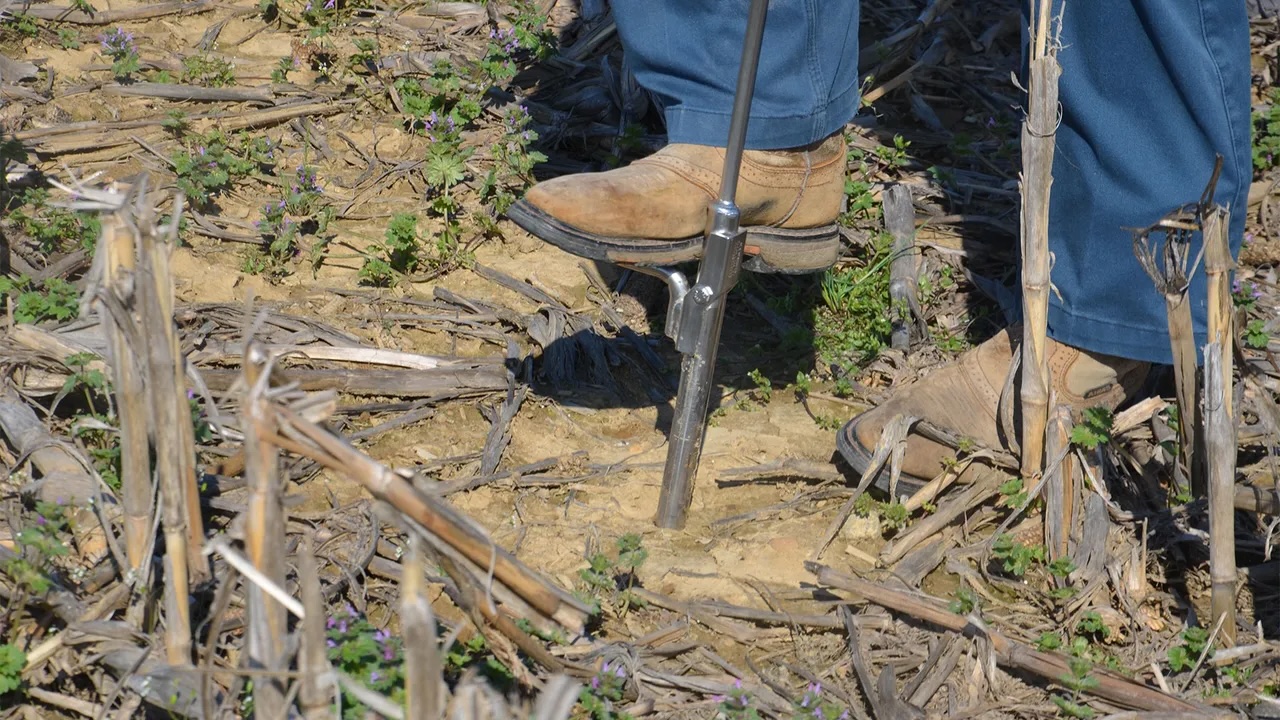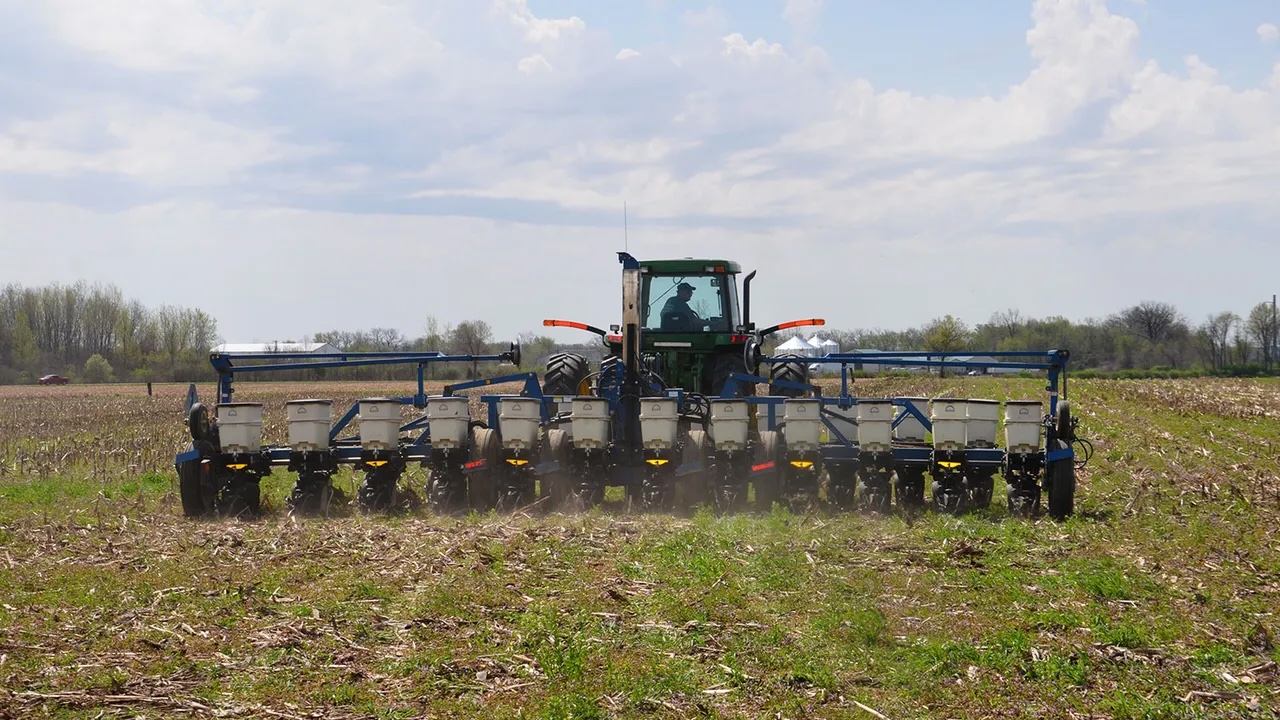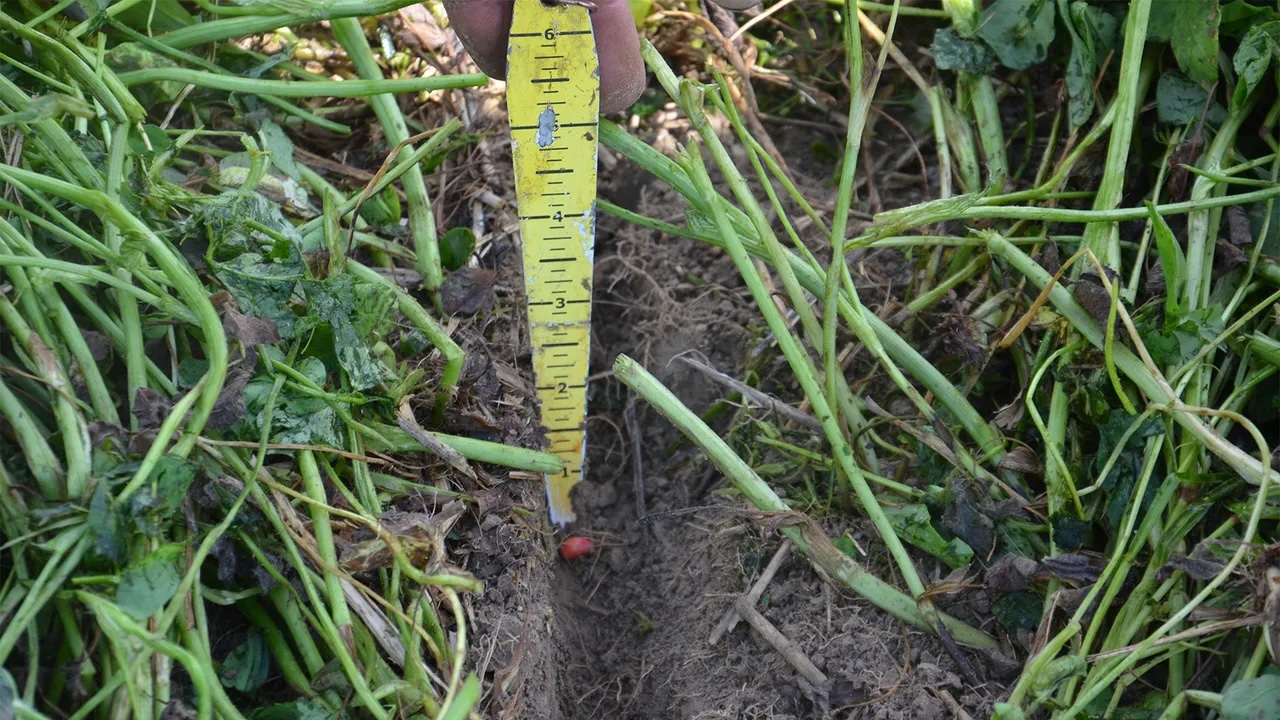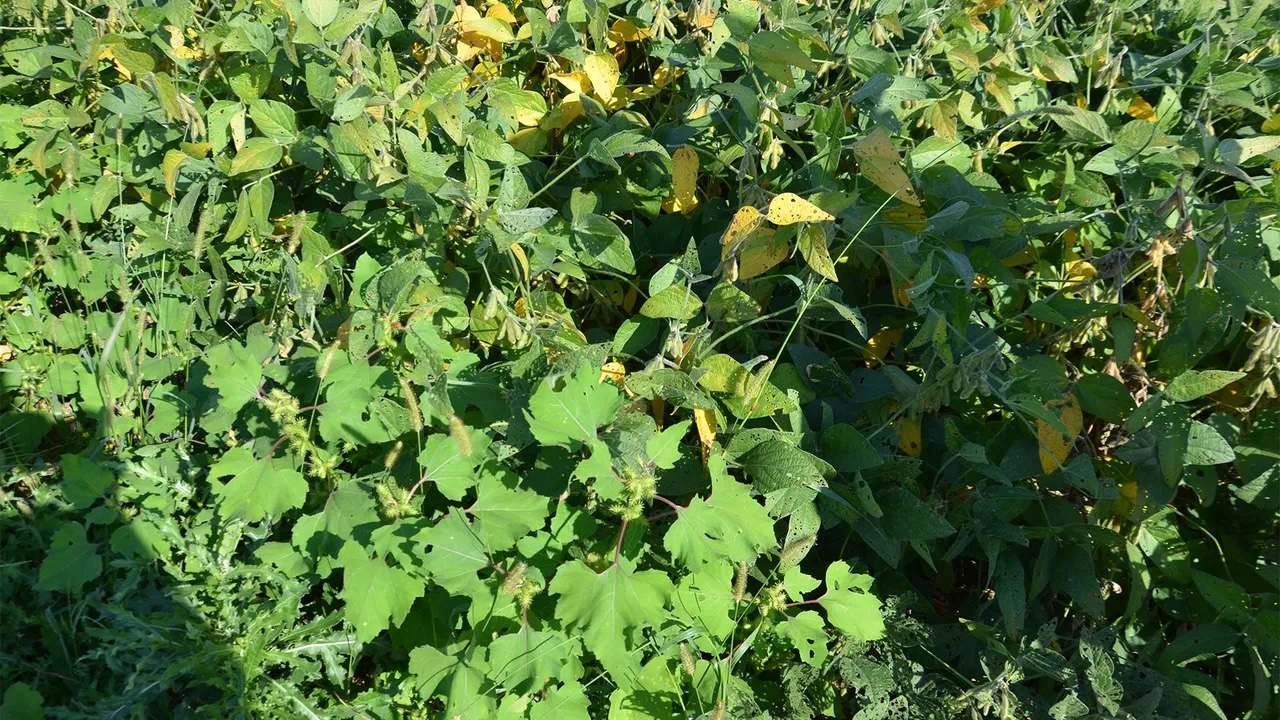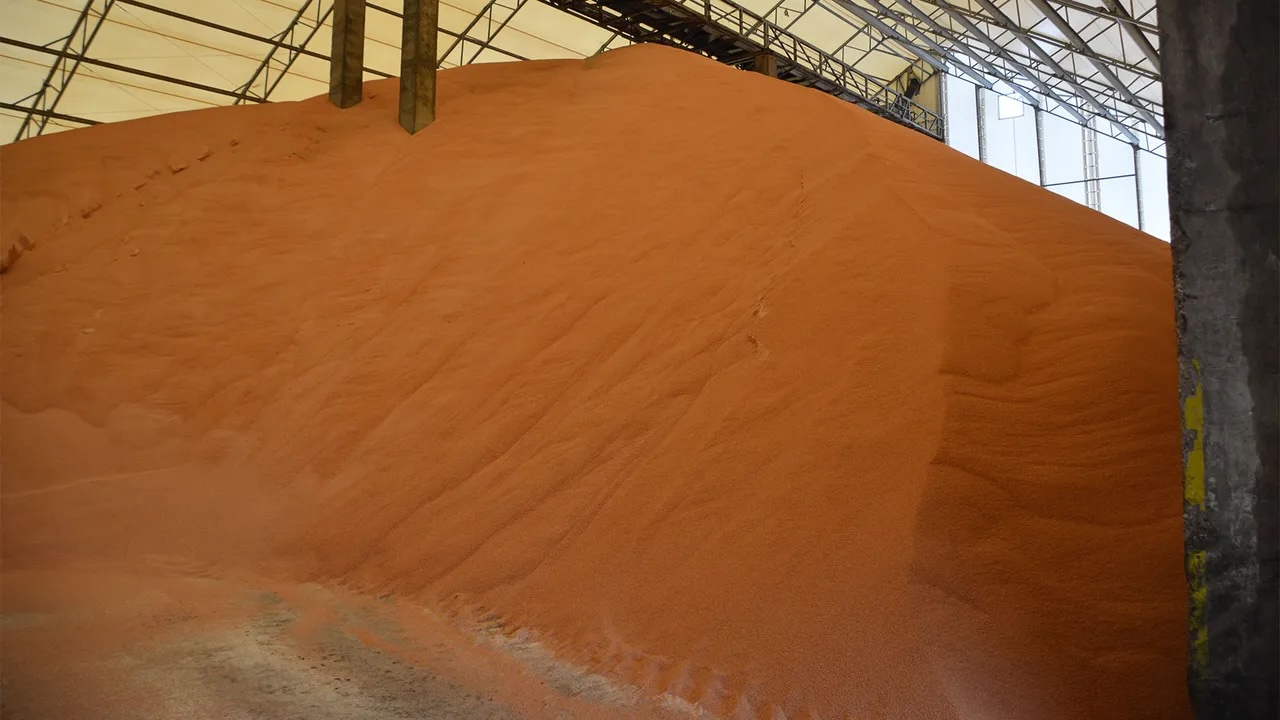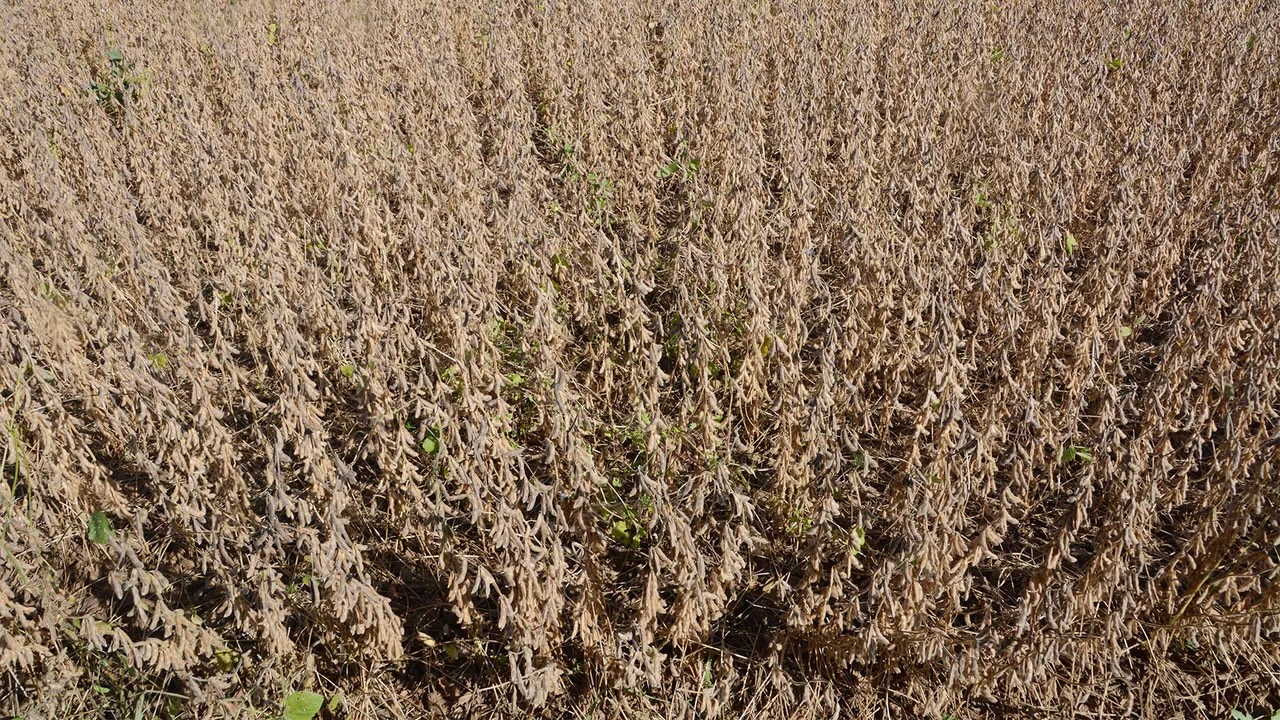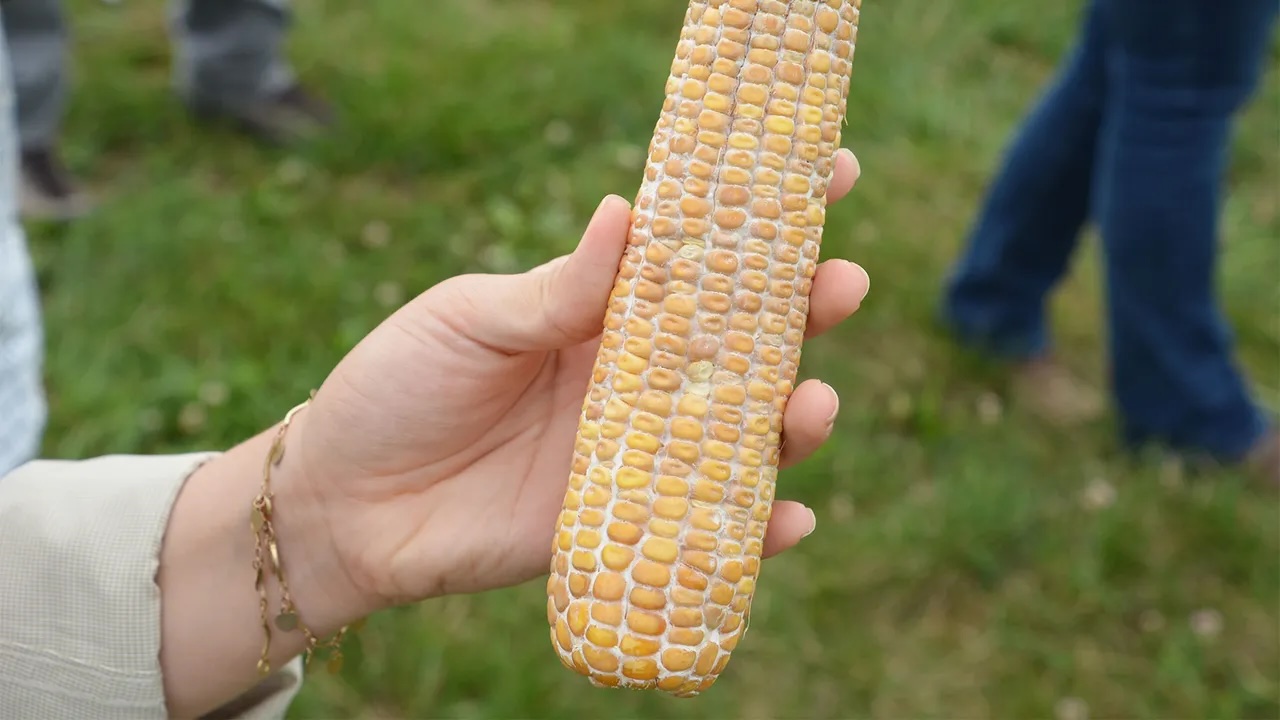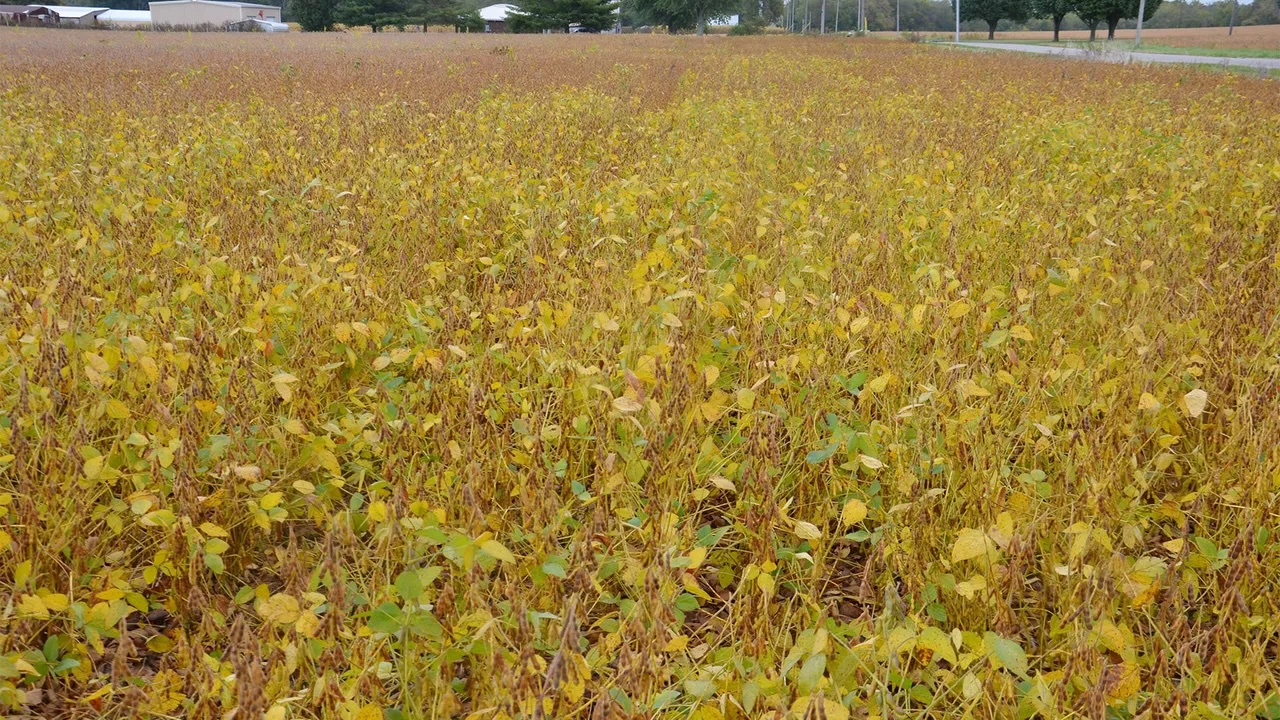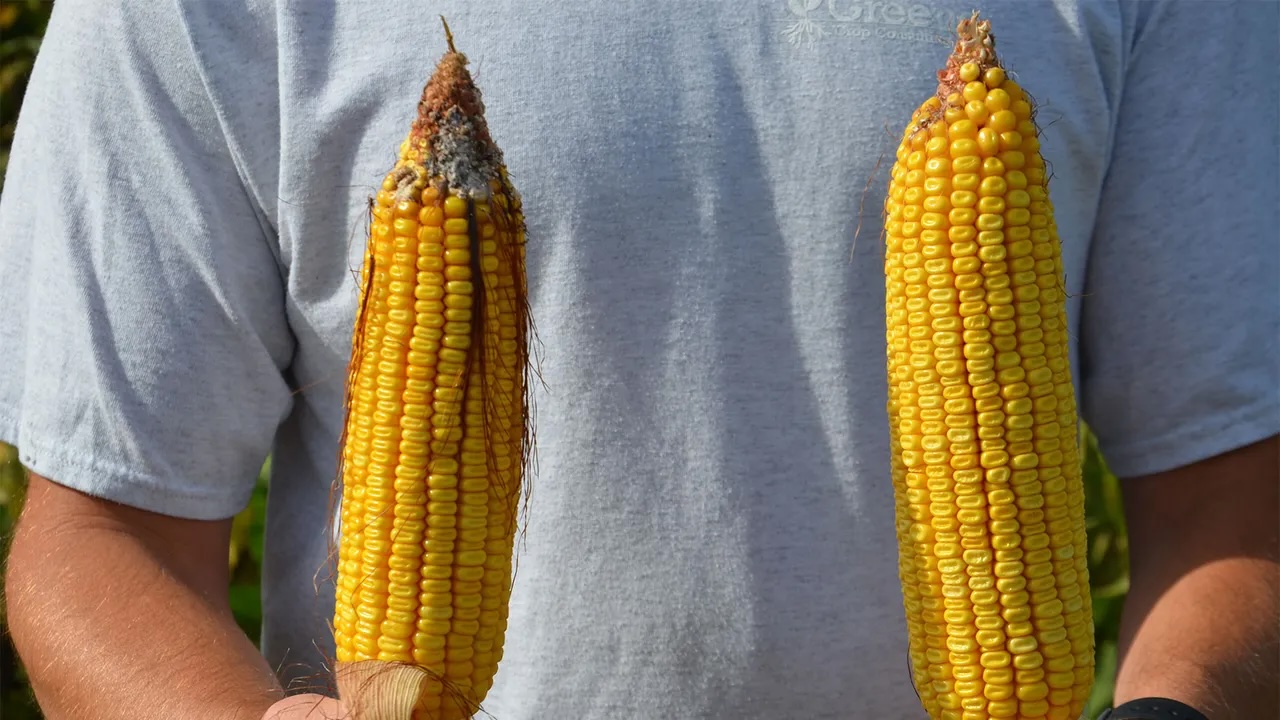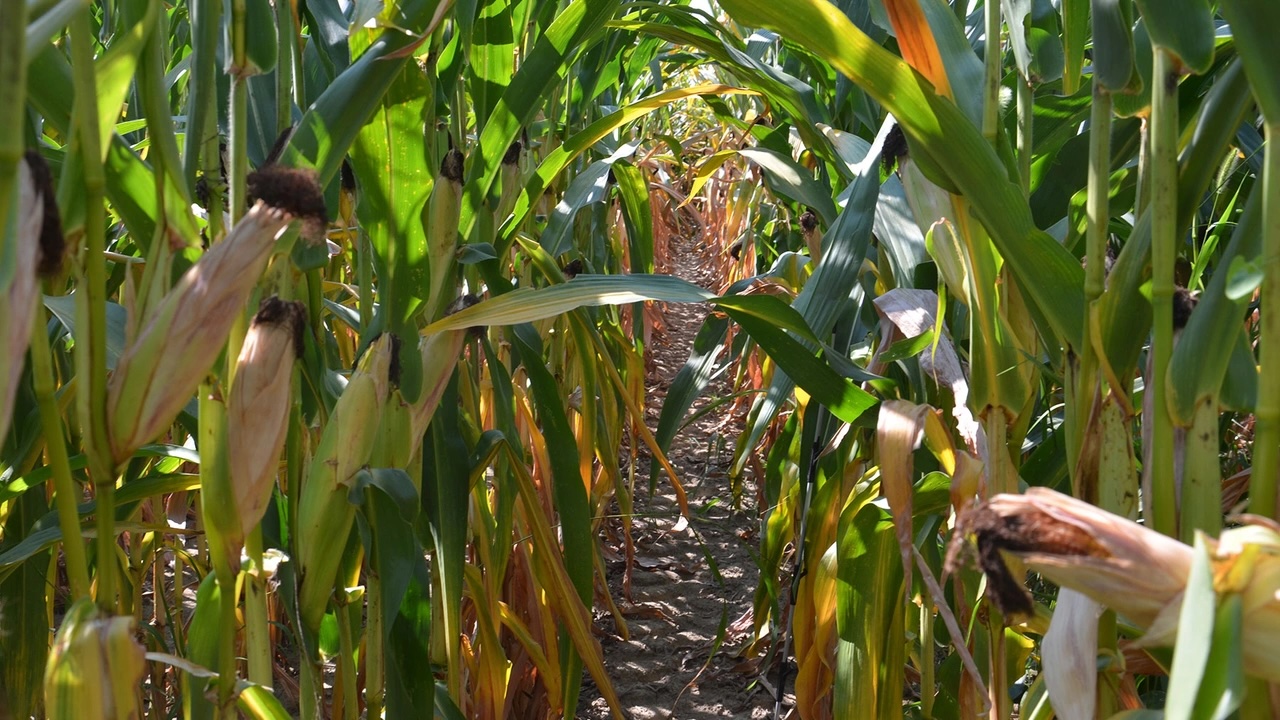When will your soybeans mature?
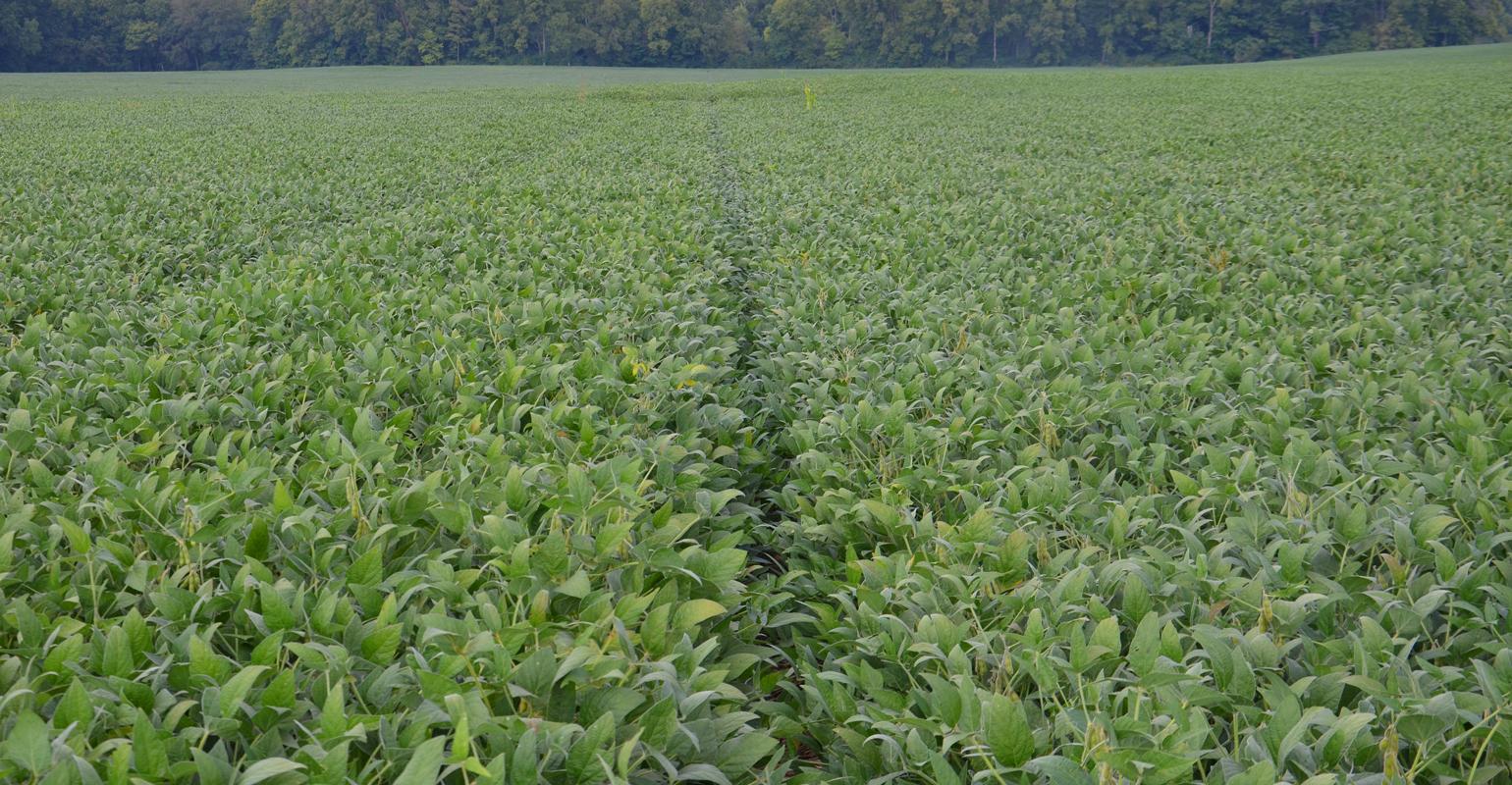
Soybean Corner: Soybean maturity is linked to photoperiod, but it’s complicated.
Jul 02, 2020
I’m planning for harvest. Can I peg soybean maturity based on planting date? Do growing degree days affect soybean maturity, or only corn? Is group maturity rating a good guide for maturity?
The Indiana certified crop advisers panel answering this question includes Betsy Bower, agronomist, Ceres Solutions, Terre Haute; Jesse Grogan, regional manager, AgReliant Genetics LLC, Lafayette; and Stan Miles, agronomist, A&L Great Lakes Labs, Fort Wayne.
Bower: You probably can peg soybean maturity within a week based on planting date. Soybeans are mostly photoperiod sensitive, which means that day length must be shorter than a critical value to induce flowering. In most soybeans, the flowering will start after June 21, which is the summer solstice. But with early-planted soybeans, that critical day length can occur before and after the summer solstice. Early-planted soybeans may start flowering before the summer solstice, then stop, then return to flowering after the summer solstice.
The maturity group is a good guide relative to another maturity group. As you move up the maturity group scale from 2 to 3 to 4, each increase in group number will increase the number of days before the plant will signal flowering. Group 2 beans start flowering about 10 days sooner than group 3 and 20 days sooner than group 4 soybeans.
Growing degree days play a role in soybean growth and development to a point. Recent research from various sources indicates the GDDs to reach R1 as well as R1 to R6 decrease as planting date is delayed. The research also found that early planting can increase duration of the reproductive stages and capture more GDDs during those stages, translating into more yield.
Environmental factors can influence harvest date. Insect damage, disease, limited sunlight and extended dry periods during grain fill can affect soybean health and shorten or lengthen time to harvest.
Grogan: You can peg soybean maturity based on planting date and group maturity ratings. Soybean development is influenced more by photoperiod than heat units compared to corn. Choose soybean varieties for the core maturity group of your farm location. Spread your risk by also choosing varieties 0.5 maturity group less and 0.5 maturity group more than the core maturity group.
There is a five to seven-day range between soybean maturity groups. Days to reproductive stages and maturity are reduced as planting dates are delayed. Plants have less time in productive photosynthetic activity with reduced canopy and fewer days as planting is delayed. Earlier planting allows for more vegetative growth before flowering begins. That is important for higher yields. Once flowering starts, days to maturity are about the same for related maturities.
Miles: Both Mississippi State University and North Dakota State University research programs have been working on soybean maturity prediction calculators. Soybean emergence and vegetative growth are predominately controlled by temperature or growing degree unit accumulation, while the flowering response is mostly controlled by photoperiod or day versus night length. Other factors that affect overall days to harvest include moisture stress, nutrient stress — primarily nitrogen — and elevation.
Soybean plant breeders can grow many varieties in one location with one planting date and identical weather conditions and use comparison data to assign relative maturity group ratings. But predicting harvest dates during the growing season becomes difficult. Talk to your seed company about your chosen soybean variety to make the best estimate, but be ready to adjust these predictions due to moisture stress and other factors.


